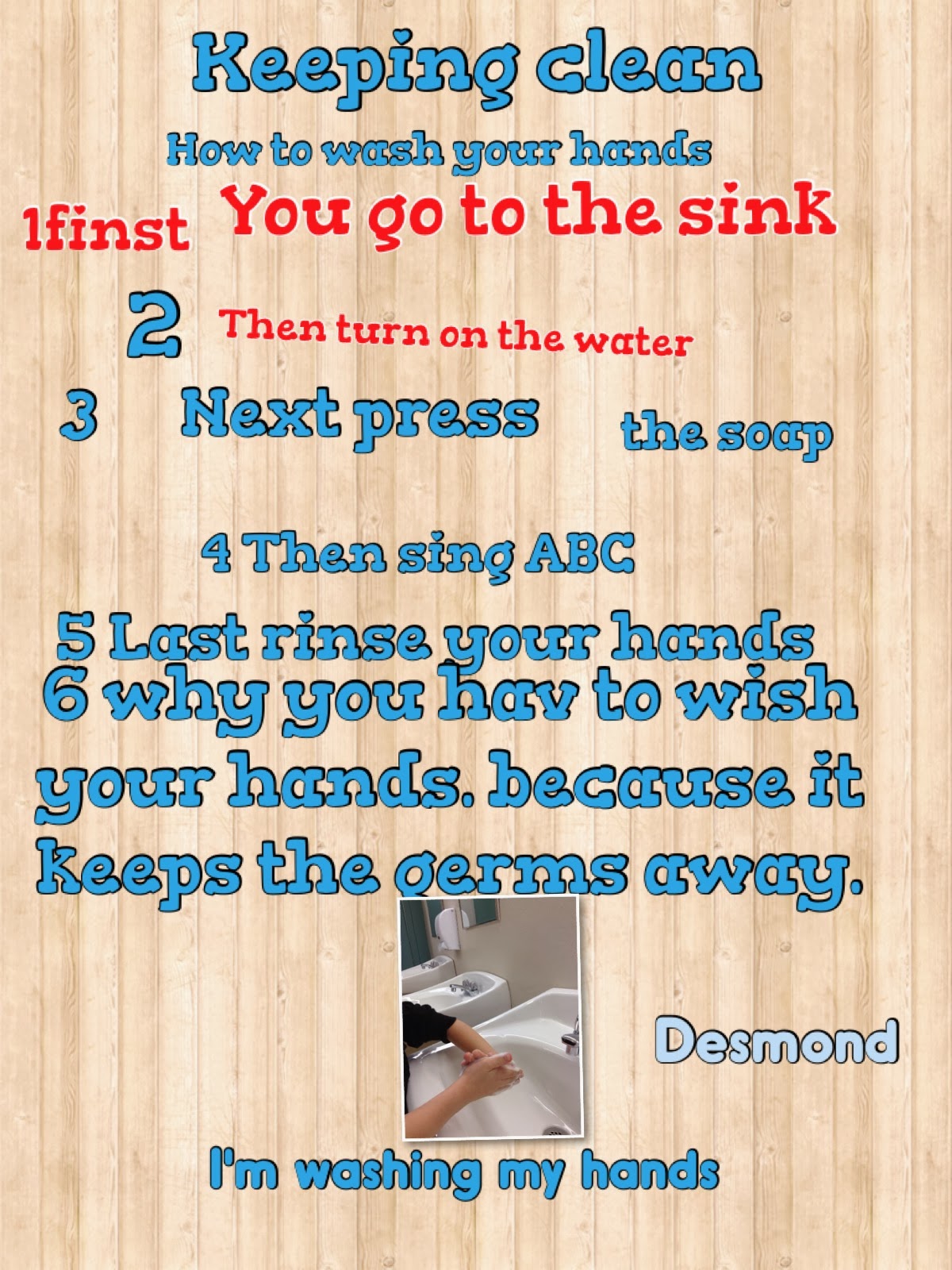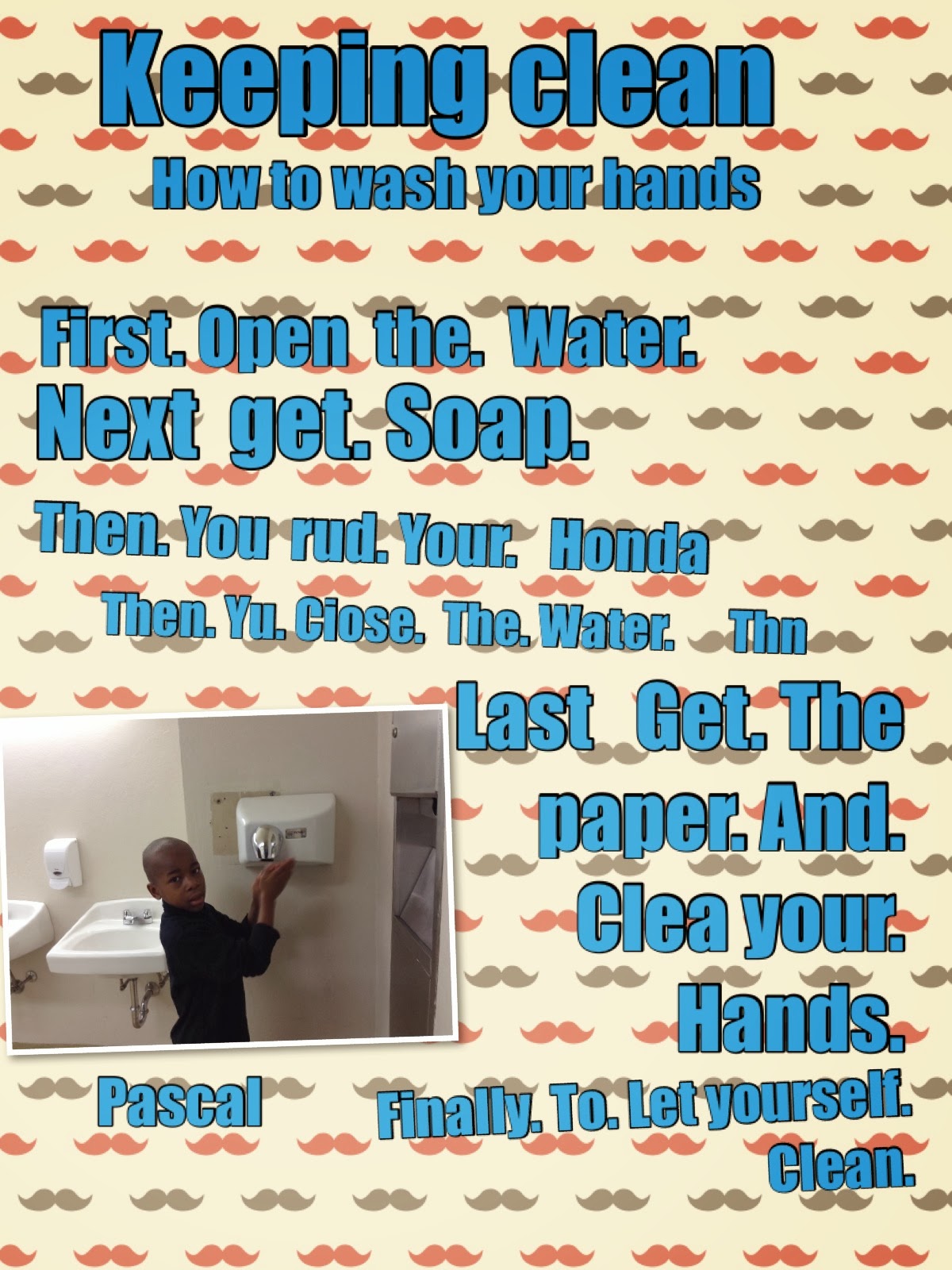 Our reading focus continues to be focusing on the important details when retelling. We are focus on the important details when we learn about retelling to help us write recounts as well. Students are focusing on only the important details when we read and retell stories both orally and when writing.
Our reading focus continues to be focusing on the important details when retelling. We are focus on the important details when we learn about retelling to help us write recounts as well. Students are focusing on only the important details when we read and retell stories both orally and when writing. We are focusing on peer-to-peer assessment. Students are getting the opportunity to be "teachers". They are referring to the Retell success criteria checklist to see if students are including all parts of a retell. They are also looking for capital letters, finger spaces and punctuation. Good writers use a checklist to keep on track. As little teachers, we are using post-its to helps our friends edit their work. Excellent job grade 2!!
We are focusing on peer-to-peer assessment. Students are getting the opportunity to be "teachers". They are referring to the Retell success criteria checklist to see if students are including all parts of a retell. They are also looking for capital letters, finger spaces and punctuation. Good writers use a checklist to keep on track. As little teachers, we are using post-its to helps our friends edit their work. Excellent job grade 2!!We also continue to self-assess our work. We continue to refer to the checklist to help keep us on track. We also tested out a new app called Dragon Dictation. This app allows us to read and then the words that appear on the screen. Students got the chance to re-read and check to see if they spelled their words correctly.
Another way we are assessing our understanding is through Twitter. This week we introduced a new part of our class called Book Talk. During Book Talk, we sit in a small group and talk about the books that we read. We are answering questions to extend our understanding. Students are also looking on Twitter on the iPads for a Book Talk question asked by me, and they are replying with answers to the questions. Have a read at some of our Book Talk Tweets below.
We also included some Book Talk AudioBoo responses. Have a listen to some retells so far:
FF: https://audioboo.fm/boos/1957079-ff-retells-the-very-hungry-bear
PE: https://audioboo.fm/boos/1957149-pe-retella-the-hungry-bear
HH: https://audioboo.fm/boos/1957057-hh-retells-hungry-bear































